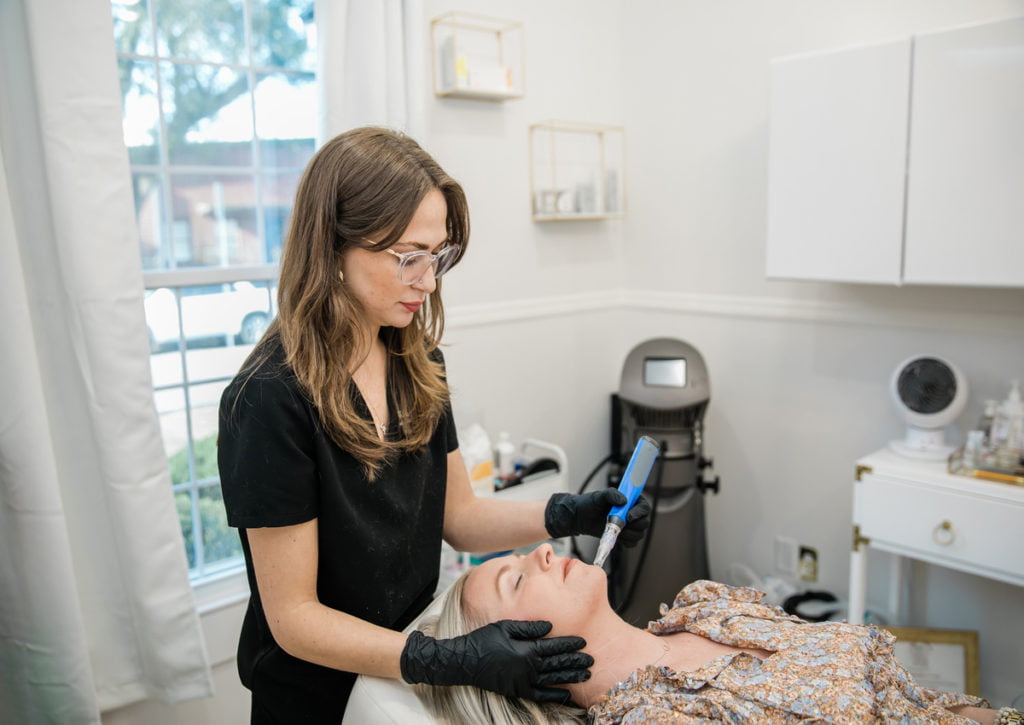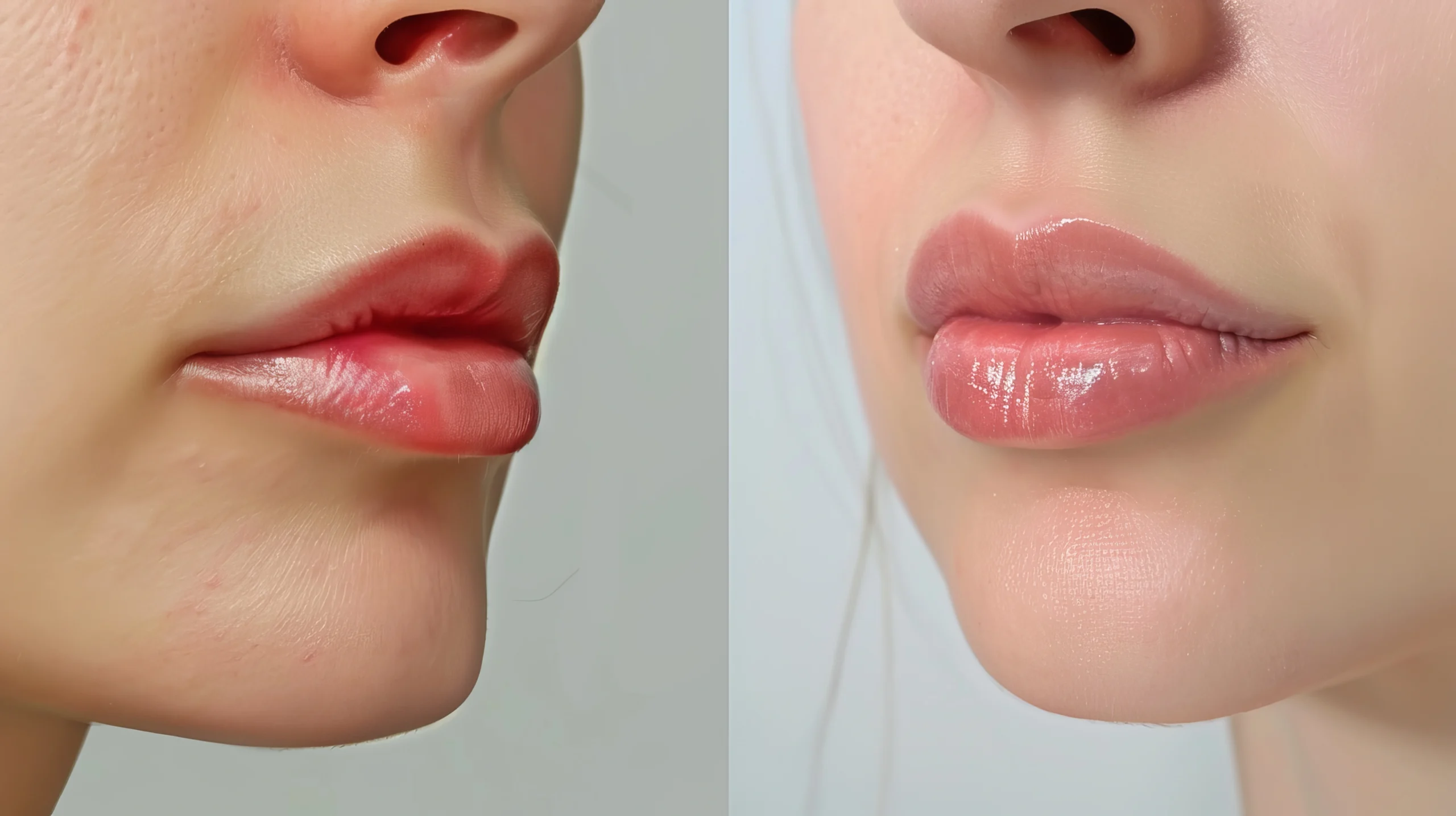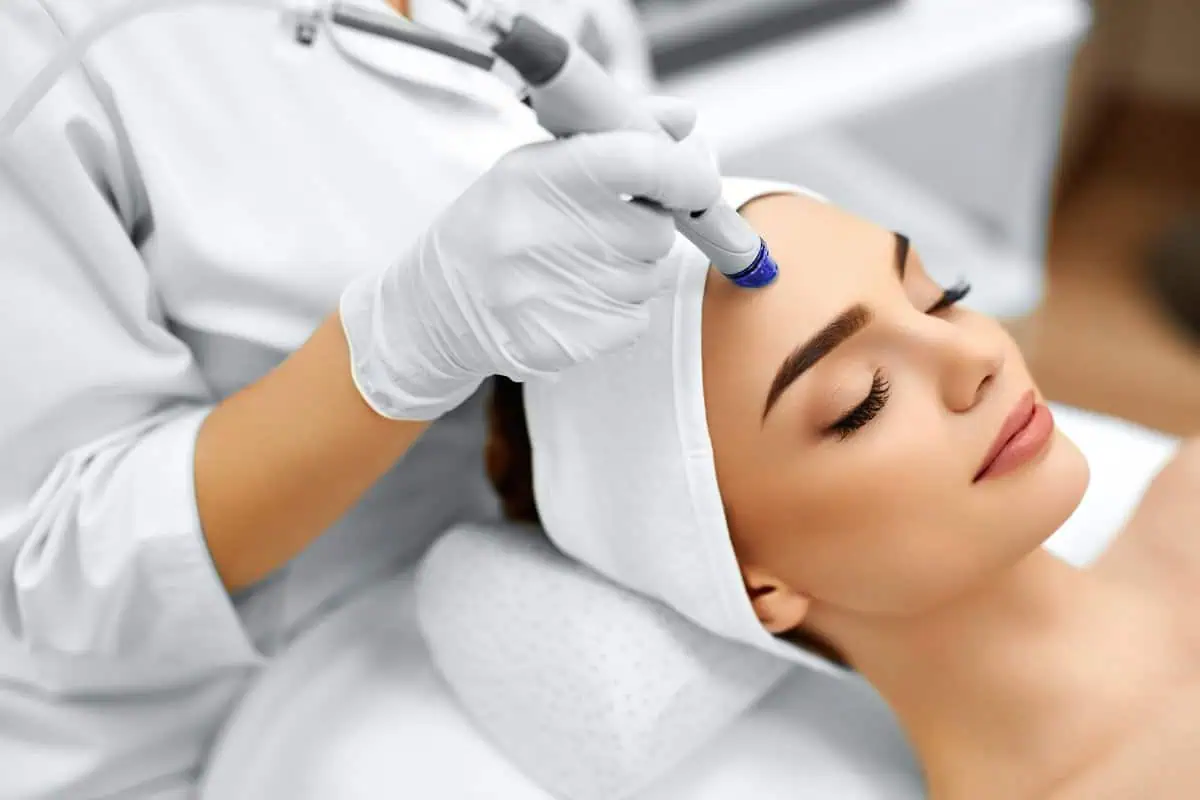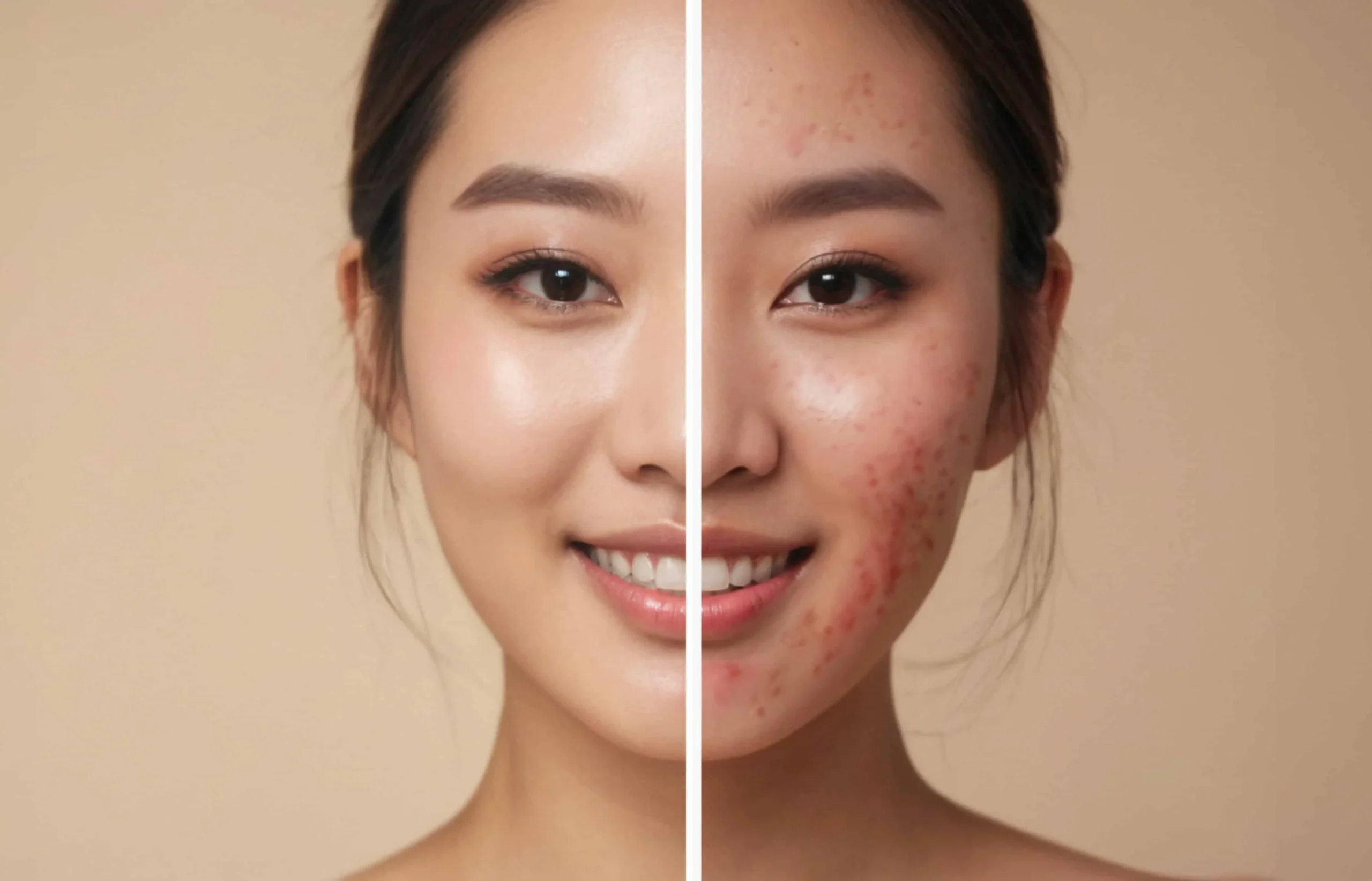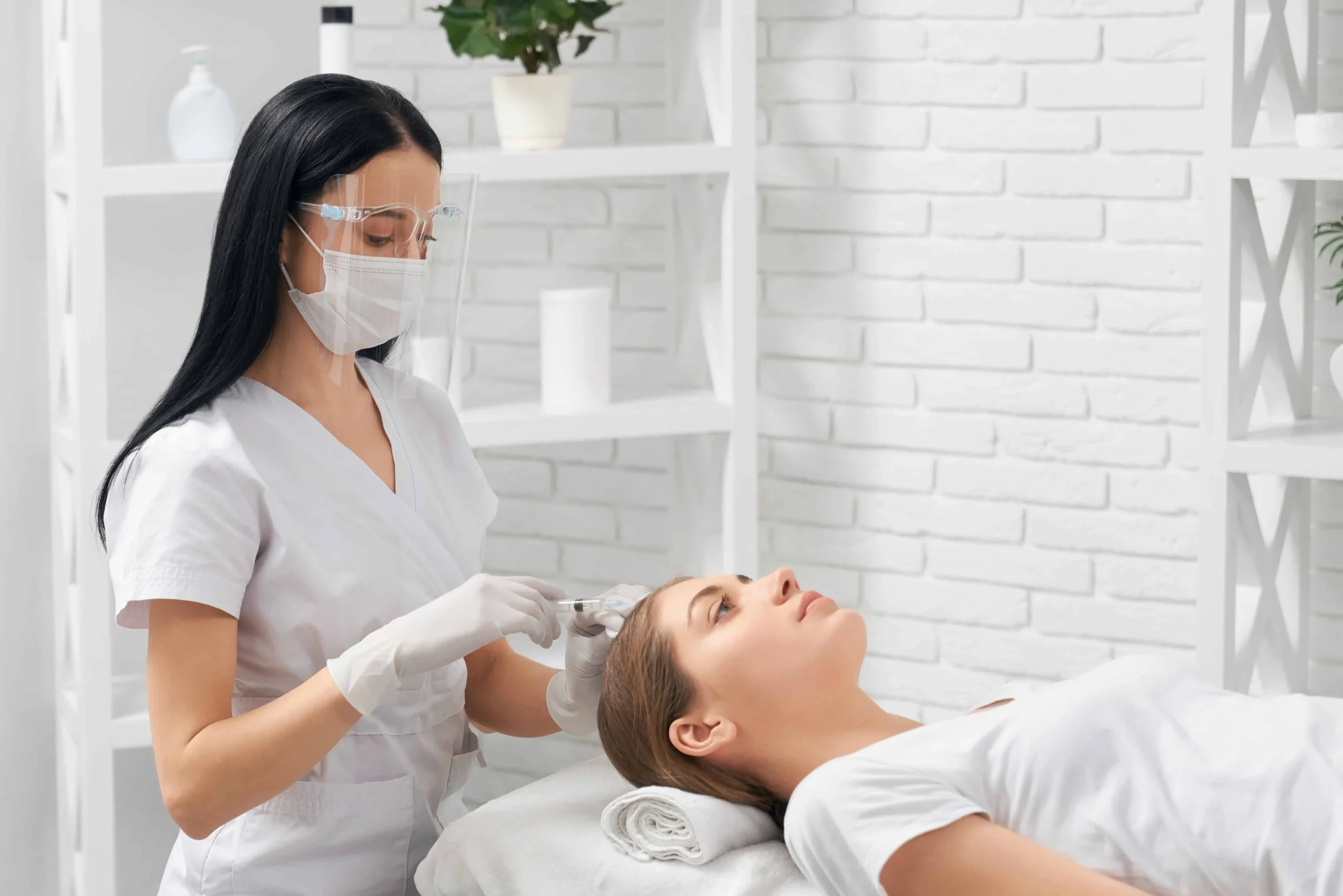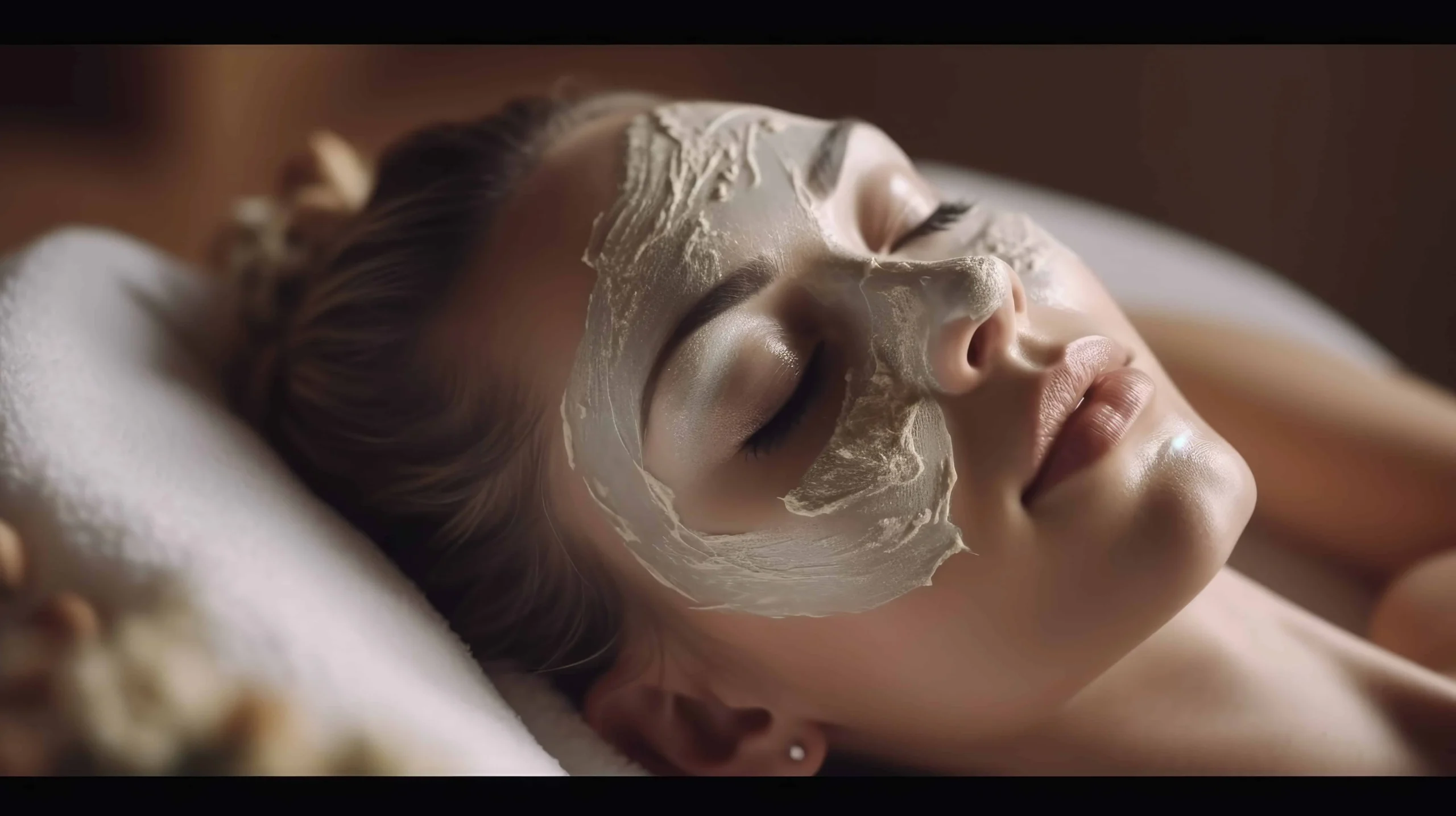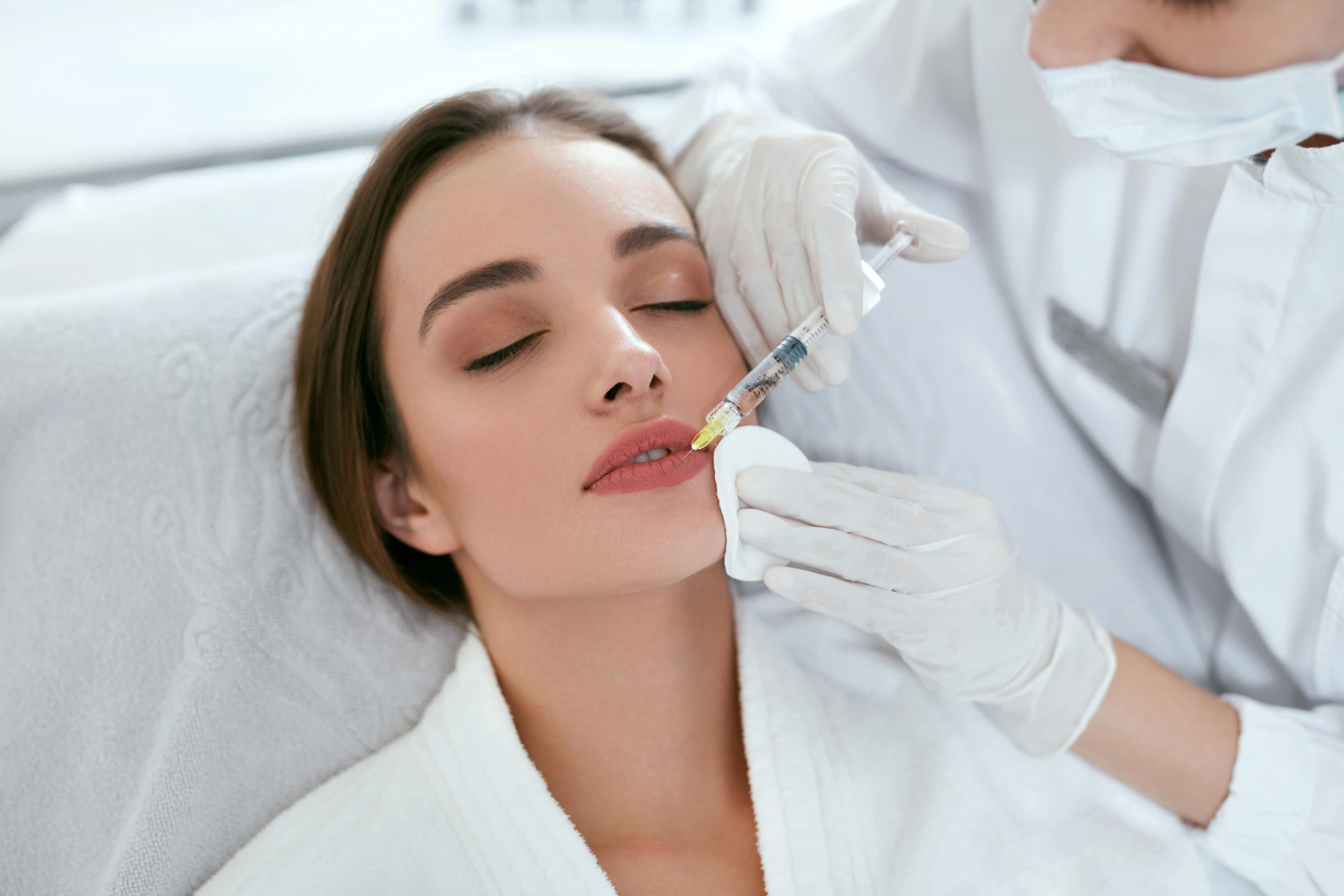Acne scars can be a relentless reminder of skin issues from the past, affecting not just skin texture but also self-confidence. In the search for effective treatments, regenerative microneedling has emerged as a promising option. This method isn’t just another skincare fad; it’s grounded in the latest biotechnological advancements, harnessing the power of growth factors and Platelet-Rich Plasma (PRP) to rejuvenate the skin. But how does this process work, especially for those battling acne scars?
What is Regenerative Microneedling?
Regenerative microneedling is a skin rejuvenation treatment that combines traditional microneedling techniques with advanced biotechnology. Traditional microneedling involves using fine needles to create tiny pricks in the top layer of the skin. This process stimulates the skin’s natural healing response, producing collagen and elastin, vital for healthy, youthful-looking skin.
What sets regenerative microneedling apart is its use of growth factors and Platelet-Rich Plasma (PRP). These components are derived from biological sources known for their healing and regenerative properties. When applied to the skin with microneedling, they significantly enhance its natural regeneration process. This results in more effective treatment of acne scars, improved skin texture, and reduced pore size. By leveraging the body’s healing mechanisms, regenerative microneedling offers a more natural and potentially more effective approach to skin rejuvenation than traditional methods.
Benefits of Regenerative Microneedling for Acne Scars
Regenerative microneedling offers several benefits for treating acne scars, making it a compelling choice for those seeking to enhance the impression and surface of their skin. Here’s a comprehensive list of these benefits:
- Enhanced Collagen Production: The microneedling process stimulates the skin to produce more collagen, a key protein that helps repair and rejuvenate skin, thus effectively diminishing the appearance of acne scars.
- Improved Skin Texture and Tone: By promoting the growth of new skin cells, regenerative microneedling improves the prevailing texture and tone of the skin, leading to a smoother and even more complexion.
- Reduction in Scar Depth: Regular treatments can result in a prominent decrease in the depth of acne scars as the new collagen fills in and levels the depressions caused by severe acne.
- Minimized Pore Size: The treatment can also result in tighter skin and a reduction in the size of pores, which are often enlarged in acne-prone skin.
- Reduced Hyperpigmentation: Acne scars often leave behind dark spots or hyperpigmentation. Microneedling helps in skin turnover, which can fade these spots over time.
- Customizable Treatments: The process can be tailored to each patient’s specific needs and goals, considering the severity and type of acne scars they have.
- Minimal Downtime: Unlike some more invasive procedures, regenerative microneedling has minimal downtime, allowing patients to return to normal activities soon after treatment.
- Safe for Various Skin Types: This treatment is generally safe for all skin types, which makes it an inclusive option for diverse individuals.
- Synergistic Effect with PRP: PRP enhances the healing and rejuvenating effects of microneedling, leading to more significant progress in the impression of acne scars.
- Natural Approach: Since it leverages the body’s healing mechanisms, regenerative microneedling is considered a more natural approach than other cosmetic procedures.
- Long-Term Results: With a recommended treatment plan, skin appearance and texture improvements can be long-lasting.
- Improved Absorption of Topical Products: Post-treatment, the skin can absorb skincare products more effectively, enhancing the overall results.
- Boosted Self-Confidence: As the appearance of acne scars improves, many patients experience a boost in self-esteem and confidence.
The Procedure
The procedure of regenerative microneedling for acne scars is a meticulous process that involves several steps to ensure effectiveness and safety. Here’s a step-by-step breakdown:
- Consultation and Assessment: The first step involves consulting a skincare professional. They assess the patient’s skin, discuss their medical history, and determine the suitability of the treatment for their specific type of acne scars.
- Preparation: Before the procedure, the skin is thoroughly cleansed to remove any makeup, oil, or dirt. This ensures that the microneedling device can work effectively and reduces the risk of infection.
- Application of Numbing Cream: A topical numbing cream is applied to the treatment area to minimize discomfort during the procedure. This cream is usually left on the skin for 30 to 45 minutes.
- Preparation of PRP: If the treatment includes PRP, a small amount of the patient’s blood is drawn and processed in a centrifuge to isolate the platelet-rich plasma.
- Microneedling Procedure: Once the numbing cream has taken effect, the microneedling device, equipped with fine needles, is gently moved across the skin. This creates tiny punctures in the skin’s surface, initiating the body’s natural healing process.
- Application of PRP or Growth Factors: After microneedling, the PRP or growth factors are applied to the skin. The tiny punctures created by the microneedling allow for deeper penetration and absorption of the PRP or growth factors, enhancing the regenerative process.
- Calming the Skin: Post-treatment, a calming serum or mask may be applied to soothe the skin and reduce any immediate redness or swelling.
- Post-Procedure Care Instructions: Patients are given specific instructions on how to care for their skin after the procedure. This may include avoiding direct sun exposure, using gentle skincare products, and avoiding makeup for a short period.
- Observation and Follow-Up: Patients are often scheduled for a follow-up appointment to monitor the healing process and assess the results. Any adjustments to the treatment plan are made based on the skin’s response.
- Repeat Sessions: For best results, regenerative microneedling typically requires multiple sessions. These are usually spaced 4-6 weeks apart, depending on the individual’s skin type and the severity of the acne scars.
Takeaway
Ready to take the next step in your skin rejuvenation journey? Look no further than CONTŌR Studios. Experience the transformative benefits of regenerative microneedling, a state-of-the-art treatment combining the latest biotechnology with traditional techniques. Whether you’re looking to reduce acne scarring, improve skin texture, or give your skin a youthful boost, CONTŌR’s expert team is here to guide you. Book your experience and discover how we can tailor a treatment plan to your unique skin needs. Embrace a new level of confidence with smoother, healthier skin. Call CONTŌR Studios now and start your journey towards radiant, rejuvenated skin.
